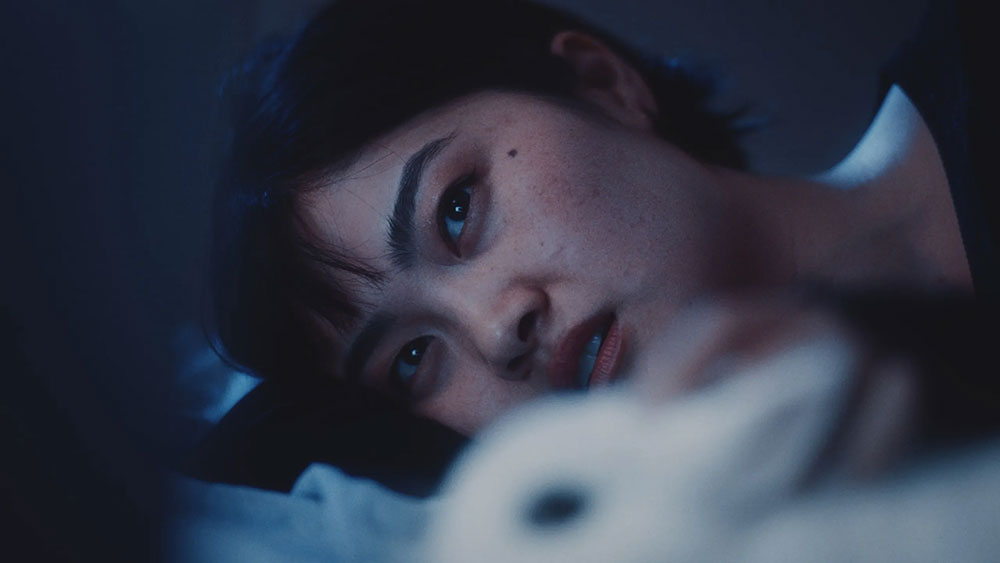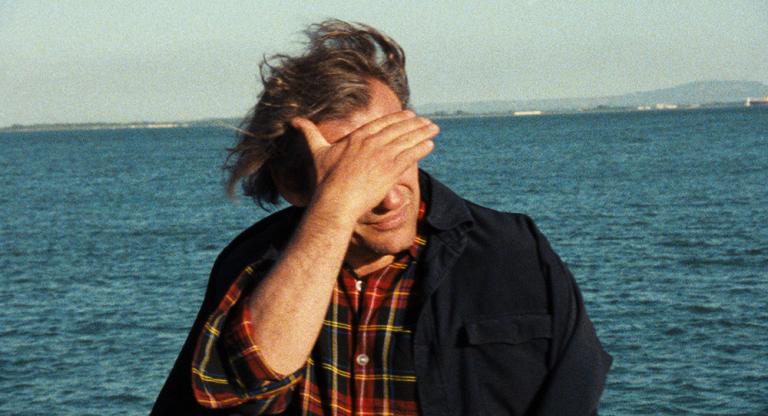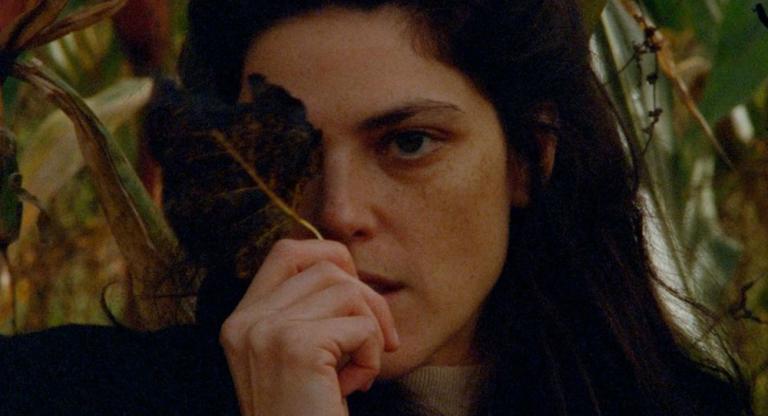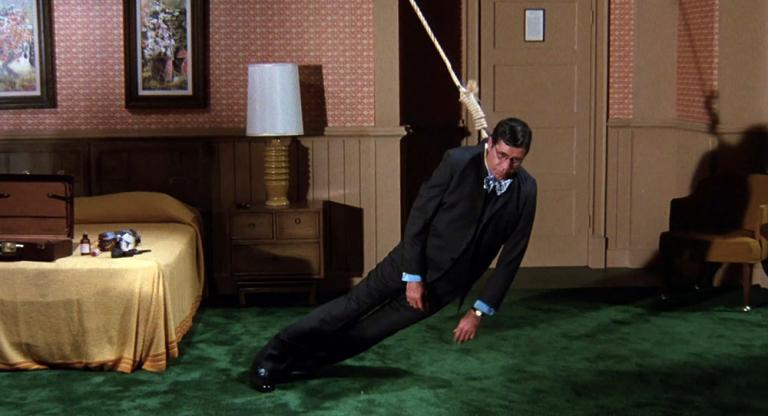“The New York City guys go blasting through traffic,” a young controller on Park Avenue quipped to his fellow beanied co-worker. Not that Park Avenue, where seeing piles of pedestrians muck through snow in high-heeled boots is not a surprising sight for a local. The Park Avenue I speak of is in Park City, Utah, where the Sundance Film Festival took place last month for what was rumored to be the last time before changing cities due to, among other things, complaints from directors about how expensive the city was during that time of the year. The traffic controller’s frustrated comment epitomizes how Park City—its businesses, its local theaters, its streets, and its demographics—transform for one week every year, when thousands of coastal elites descend upon a town designed to accommodate far fewer people. For the first time, I joined their ranks. In other words, I found myself among the tourists flocking in from either Los Angeles or New York, and basically nowhere else. I was, as the locals call us, a PIB (“the people in black.”)
Taking in the whole experience as a sort of ethnographic experiment, myself not acquainted with more than a handful of people who work in film, I decided that the best way to get a handle on the Sundance milieu was to enmesh myself as best as I could. When a friend with a Chase Sapphire Reserve credit card invited me into the Chase Sapphire Reserve lounge, I accepted, eavesdropping on the tourists and their children taking selfies in front of the Chase-branded skis and drinking free vegan hot chocolate.
Who were all these people, I wondered, as I walked to the press tent for Rabbit Trap (2025). I was tired, not able to eat or drink as much as I wanted to between screenings. So when I saw a man dressed head-to-toe in fur smoking a cigarette with a friend, I asked if I could bum one. The two men were British, it seemed, and one of them was a producer for Rabbit Trap, they told me. Speaking amongst one another, the man in fur asked his less interesting friend if he preferred to be the big or little spoon in bed with a woman. He was curious to learn more about “the straight world.”
I want to say the man in fur was the most interesting person I came into contact with, but he might have been rivaled by the two young men I saw at a house party held by a production company where a friend of a friend works. The party, held in an AirBnB that looked designed explicitly for renters looking to party, was filled with young women and old men holding red solo cups and skirting through crowds in puffer coats. Two men in tuxedos and a young woman in a ball gown were an interesting sight. “Who were they?” I asked out loud to anyone else I met. They, apparently, were wannabe actors who showed up at these things hoping to be discovered. “You see them all over Cannes,” a bespeckled man told me from the staircase.
If observing the scene was the lighter part of my project, watching films by young directors with a critical eye was its more rigorous aspect. Setting out to cover the US Dramatic Competition, I was not struck by any perceived themes beyond coming-of-age stories, and I often went into films without reading too much, in order to find myself surprised.
Among one of the first, and favorites, I saw in this category was James Sweeney’s, Twinless (2025), the 34-year-old director’s second feature. He wrote, directed, produced, and starred in it alongside a hunky Dylan O’Brien. In this dark little comedy, Sweeney’s character Dennis meets Rocky (O’Brien) in a support group for people who have lost their biological twins. Rocky, a not-so-smart himbo, is grieving his other half Roman (also O’Brien), a gay intellectual who died recently in a car accident. When Rocky meets Dennis, a snarky and slender bottom, the two become perfect fill-ins for the void in each of their lives, accompanying one another to the grocery store and lunch dates. The twisted, comedic turn comes when we learn that Dennis and Rocky’s brother Roman had known each other before Roman’s death. The first thought I had upon leaving Twinless at Sundance was how struck I was by the way Sweeney was more than willing to cast himself as a selfish, unlikeable, slightly caricatured version of himself in his own picture.
I hadn’t heard too much chatter about Eva Victor’s directorial debut, Sorry, Baby (2025), in the press lines in Utah. But I’m so glad I saw it—and that A24 decided to pick it up at the end of the festival. The story follows the beautiful, deadpan comedic actress Eva Victor. She plays a talented, quirky English PhD student named Agnes in a small program at a fictional university. The film begins as a somewhat familiar story about professor-student power imbalance: Agnes is the favorite student of her advisor, Decker, with whom she begins to have a flirtatious relationship. At one point, Decker invites Agnes over to his home to discuss her thesis, but eventually rapes her, and then quickly resigns from his post at the university so he can’t be disciplined. This premise might not seem an obvious one for a comedy, but Victor deftly toes the line between the seriousness of what happened to Agnes and the egregious ineptitude of the legal and medical professions to deal with crimes against women. One of the film’s most affecting scenes comes during Agnes’s hospital visit with a male doctor, who suggests that next time, she not wait so long before coming in for a rape kit.
Earlier on in the festival, I saw Atropia (2025), the first feature by writer and actor Hailey Gates, which won the grand jury prize in its category. The film, which Gates originally conceived of as a documentary, follows an aspiring actress named Fayruz (Alia Shawkat) who is trying to get spotted by Hollywood while working in a 24-hour military training simulation called Atropia, “The Box,” or as one character describes it in the film, “a really expensive game of laser tag.” The Bush-era satire is a romantic comedy tied up in a dark representation of the US military-industrial complex. Like any good satire, Atropia, which also stars Callum Turner as a real former US soldier called Abu Dice who had been deployed to Iraq, makes the viewer squirm at every turn, particularly with its revelations about how actors are cast, rather inhumanely, to take part in the simulation. In Atropia, actors need not actually be Iraqi, for example, as long as they are brown. However, to cast an actor who actually lost a limb during war would be too high risk for retraumatization, Tim Heidecker, playing a high-ranking military sergeant alongside Chloë Sevigny, explains at one point in the film.
After seeing Twinless, it was hard for me to care as much for the other queer drama in the US Dramatic Competition, Plainclothes (2025): a home-video-style film that follows a young police officer named Lucas (Tom Blyth) in 1990s Syracuse as he comes to terms with and eventually comes out to his family about his homosexuality. The semi-autobiographical feature by Carmen Emmi is certainly a moving film about rural masculinity, shame, and cultural panic about sexual fluidity, but for a movie about gay men, its comments on AIDS, the stereotype of hypersexuality, and the Catholic Church all felt a bit like tropes. The movie reminded me how much the discourse around homosexuality has changed in my lifetime, but from my contemporary lens—wherein I have watched almost every movie ever directed by Pedro Almodóvar—it didn’t feel as unmooring or surprising as I wanted it to.
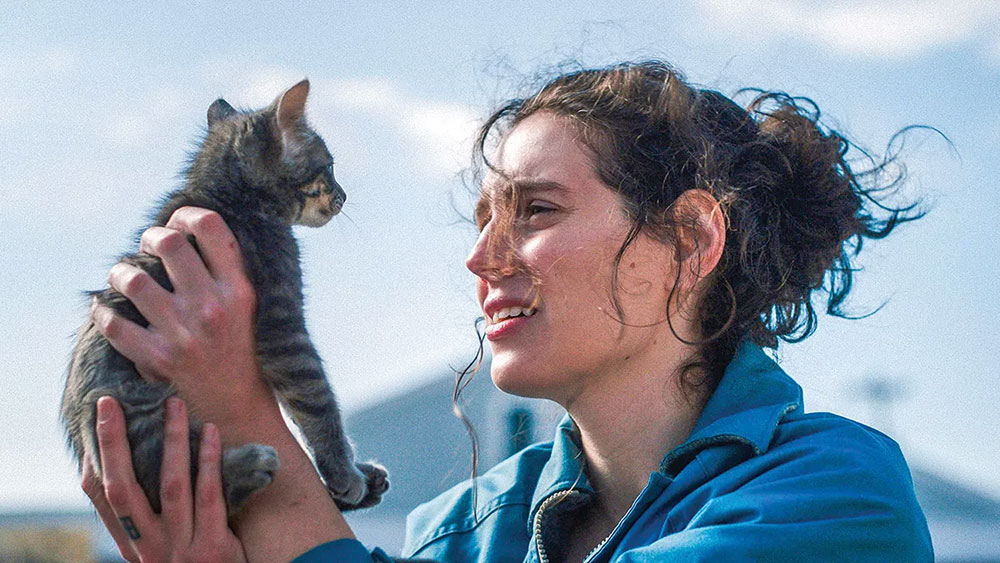
I felt the same distance between expectations and reality upon watching Katarina Zhu’s Bunnylovr (2025, pictured at top), a fragmented, but beautifully shot film about an internet-addled cam girl named Becca (Katarina Zhu). The film did a wonderful job at depicting online social interaction and its implicit anxieties—much better than any Netflix show that illustrates texting or Instagram likes through bubbles impressed on top of a split-screen of two bewildered, communicating faces. But unlike Sorry, Baby, in Bunnylovr we never really see the kind of character development that is rewarding to see in a young protagonist. I wondered why Bunnylovr was part of the US Dramatic Competition, until the premiere’s Q&A, when it seemed clear, due to the imbalance in stage presence, that much of the film’s weight was carried by its producer and co-star, Rachel Sennott.
The last two films I saw in the US Dramatic Competition were Love, Brooklyn (2025), directed by Rachael Abigail Holder and produced by Steven Soderbergh, and Evan Twohy’s Bubble & Squeak (2025). Love, Brooklyn follows Roger, a journalist played by André Holland who is struggling to decide which of the two women he’s dating he is more in love with, and how to write about an “evolving city” in a positive light, when he really feels that Brooklyn is falling apart. The movie is pleasant to watch if you are a Brooklynite—Roger gets around the borough entirely by bicycle, and the movie is filmed almost entirely from this perspective, on the roads in the neighborhood that I live in. I enjoyed it for this reason, but where it struggled was in its attempt to appropriately hold both its supposed theme of gentrification along with its love story. While Holder attempts to draw parallels between Roger’s two relationships with an ex and with a new lover, and with the “old” and the “new” Brooklyn, the “new” Brooklyn is nodded to only through a short narrative about a woman’s art gallery in a space once owned by her grandmother, who the building’s owner wants to sell. The movie features none of the hard realities of gentrification, such as racial tension, the sorrow of eviction, or distaste for new businesses. In other words, we see Brooklyn not in the way Roger describes it—as devolving—but through the positive eyes of his editor: gentrification here doesn’t look so bad.
By far the weakest film of the bunch was Bubble & Squeak. The absurdist comedy stars Himesh Patel, Sarah Goldberg, and Dave Franco, and revolves around a newly married couple who are looking for something more adventurous than a beach vacation to celebrate their honeymoon. The movie opens with the happy couple, Declan (Patel) and Dolores (Goldberg), in the customs office of the unnamed country they have landed in. The country is accusing the two of them of smuggling cabbages into the country, which were banned there after a historic war and famine wherein cabbage was the only food available. Bubble & Squeak, or what Sundance-goers kept calling “the cabbage movie,” was disagreeable, as it fails at its primary goal of being funny. Sundance was full of beautiful films with wonderful camera angles, snowy hills spied out of bus windows, and plenty of women dressed like Etheline Tenenbaum. But Bubble & Squeak was not among the highlights: a really bad, contemporary spin on what turned out to be an over-produced Wes Anderson movie.
Talking to a fellow critic toward the end of Sundance, I learned that at Cannes, where it's boiling hot and everyone has had one too many Aperol Spritzes, there is an unwritten rule that everyone gets one “nap movie.” That is, one screening where you are allowed to fall asleep. Sundance might try to keep you awake, with its below freezing climate and under-heated libraries converted into theaters, but by the end of the week, I was struggling. Not for lack of adrenaline—I actually saw quite a bit of horror at the festival. But when you are sleep-deprived and scribbling notes in your journal, long films, often finished just a week before their premieres, just shy of a rough cut and not yet vetted by many viewers at all, can start feeling a little too long.
